How Mold Can Affect Your Health?
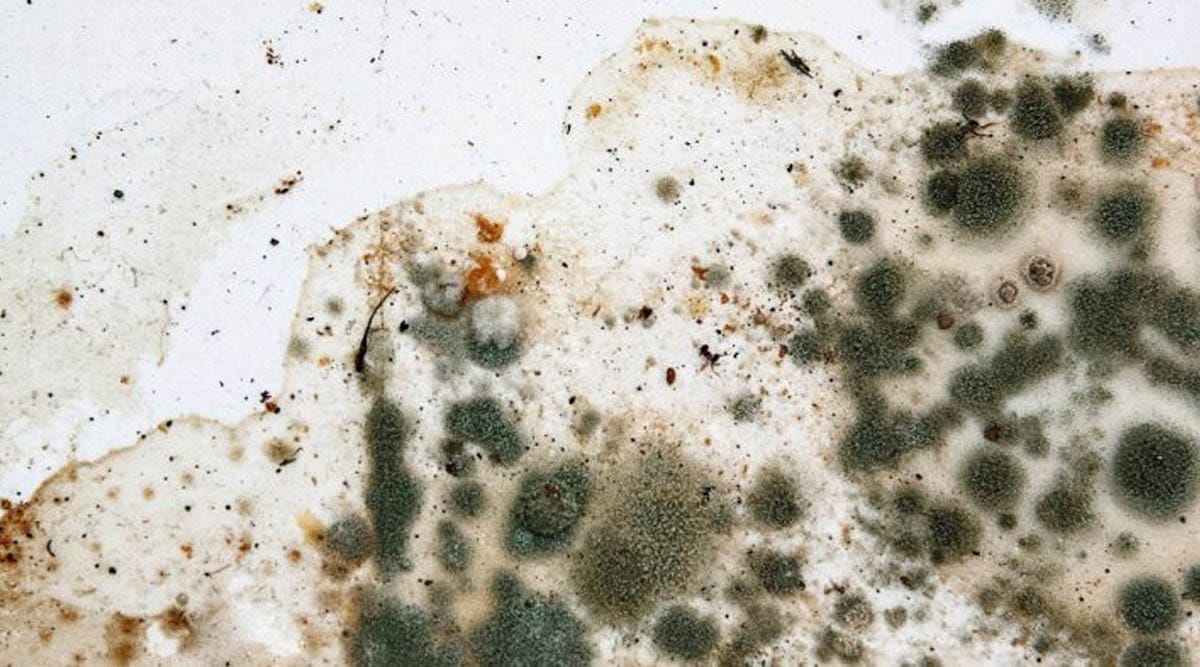
Have you been seeing recently supermarkets and cinemas are full with mold after they reopened? These are caused by the humid temperatures (which is perfect for the mold thriving!), due to the air-cond being turned off. The shoes, bags, and wallet also look old and unusable. Truly, this would affect their business badly.
But, how would this affect their employee (or whoever exposed to the mold) health?
Frankly, we (including writer) are oblivious of the effects of mold to human’s health until the recent event.
SO, WHAT IS MOLD?
Mold are actually fungus – yes, the same family group with the one we put in the soup. There are 144000 types of fungi that we know of currently, and mold usually describes those unwanted, unappealing grey, black patches on the wall.
Fungi thrive in a moist, humid place. As most supermarket turned off the aircond during MCO, this causes the increase in water vapour that causes the mold to grow.
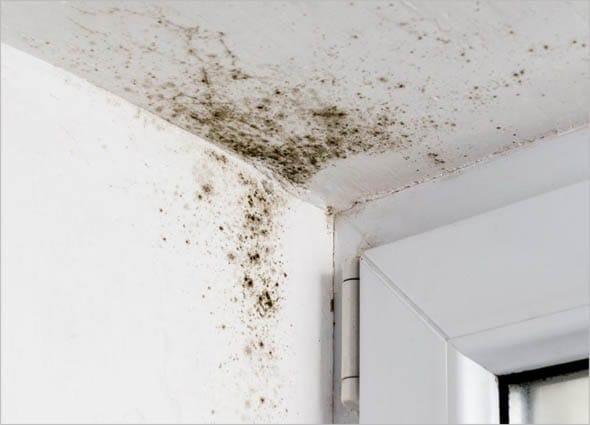
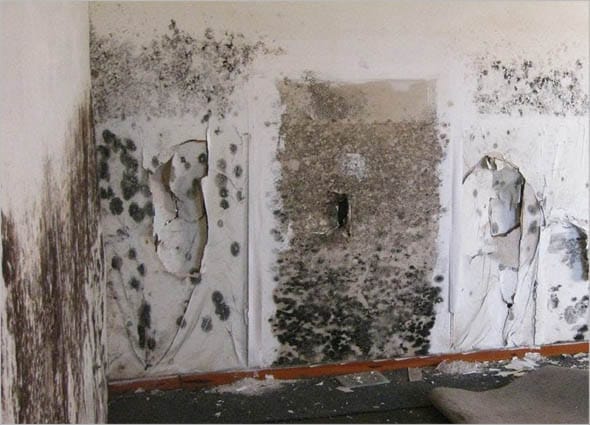
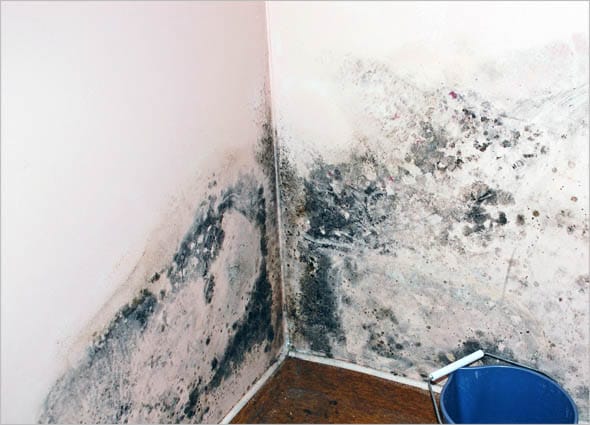
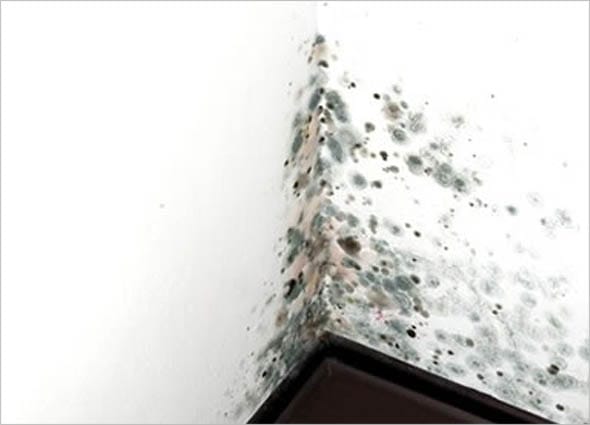
BUT WHY DO THEY GROW ON LEATHER GOODS?
Mold can grow on literally anything, not just leather goods. They can grow on fabric, glasses, cement wall and air ventilation duct – as long as the condition is optimum. In this case, leather provides a good condition as it absorbs water particles well, compared to other mediums. If you notice, if you do not use your leather shoes for long, they will also be moldy.
It is rather easy to remove the mold from leather goods. Just use a clean cloth with baby oil to wipe it off, and it could be as good as new.
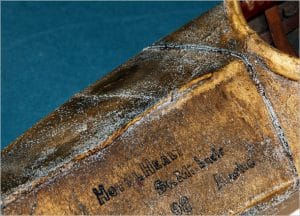
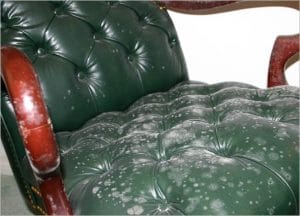
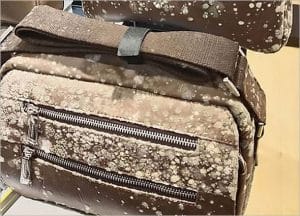
HOW DOES MOLD AFFECT OUR HEALTH?
Exposure to mold have been found to affect our respiratory tract, causing coughing, and trigger asthma symptoms. Those who have hypersensitive pneumonitis and skin can also show allergy symptoms such as rashes, itch, and redness.
It is advised that those who have allergies, or respiratory problems like asthma, acute bronchitis, and pneumonia to avoid going to these places where the mold are found.
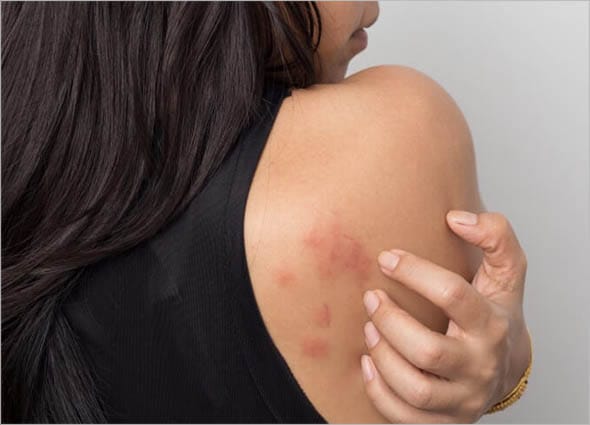
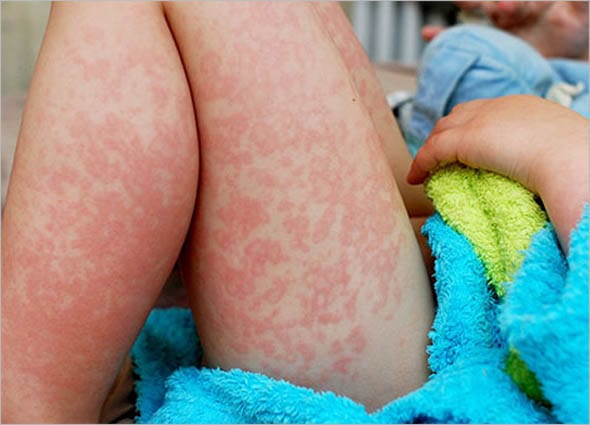
BUT, THINGS CAN BE WORSE FOR BLACK MOLD
Black mold is very rare, but deadly!
Black mold can be found in old abandoned buildings or water sewage. Also known as Stachybotrys chartarum, it releases mycotoxin as it reproduces and forming a colony.
When someone is exposed to black mold, they will show normal symptoms such as itchiness, red eyes, coughing, wheezing and difficulty to breathe. Long term exposure will cause more harm, as your hair falls, memory loss, numb in hands and feet, sensitive to light, anxiety and more.
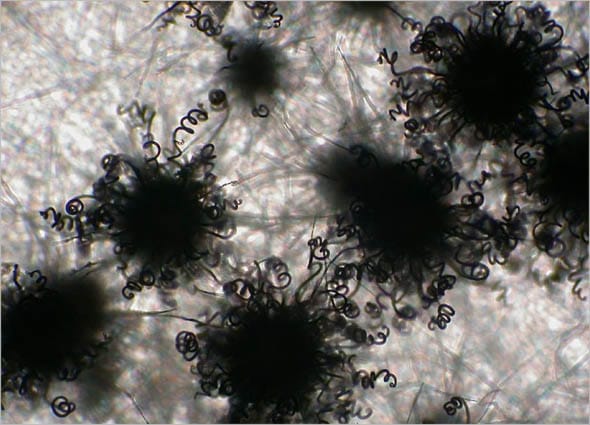
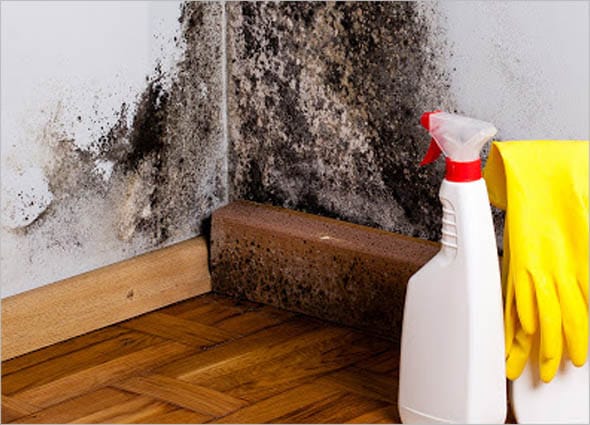
HOW TO CHECK IF I HAVE MOLD INFECTION?
There are 2 ways to know for sure if your health condition is caused by mold infection. First and most recommended is a blood test whereby your blood will be sent to laboratory. Secondly is by skin prick test, where the doctor will test your skin with multiple fungus and see the reaction. If you are allergic to certain fungus, your skin will turn red and rashes will appear.


SO, WHAT CAN I DO?
Firstly, please avoid the locations you already know are infested with the mold. This can help you spare the problems later on.
Secondly, a proper cleaning routine will help reduce the risks of the mold forming in the first place.
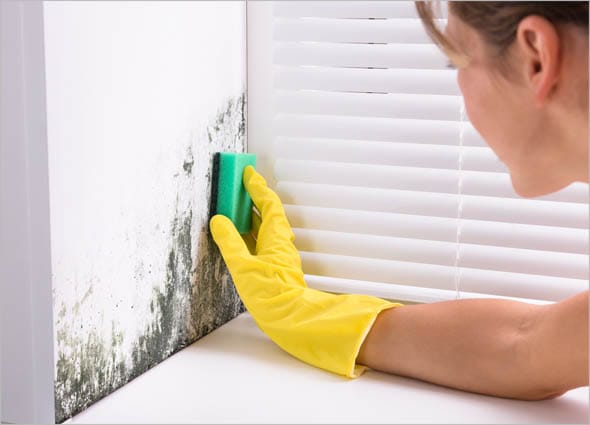
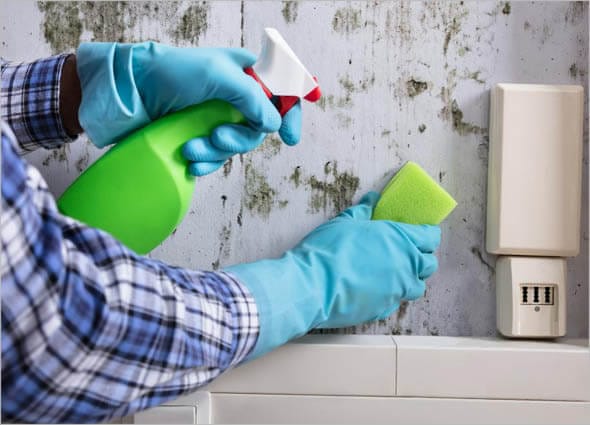
SOURCES
- https://www.poison.org/articles/2011-oct/mold-101-effects-on-human-health
- https://www.cdc.gov/mold/faqs.htm
- https://www.medicalnewstoday.com/articles/323419#how-dangerous-is-it
- https://www.pharmacytimes.com/publications/issue/2019/August2019/mold-can-cause-a-persistent-cough
- https://www.healthline.com/health/black-mold-exposure#treatment
Join The Beauty Loop
Be the first to know about our time-limited, exclusive promos

